Ever noticed how a fire burns better when it gets enough air? That’s because oxygen helps fuel burn completely. But what is the purpose of excess combustion air? It makes burning more efficient, cuts down on pollution, and keeps things safe. I’ve seen how too little air makes fires smoky and wasteful, while too much wastes energy. In this guide, we’ll break it down in simple terms so you can get the best burn possible.
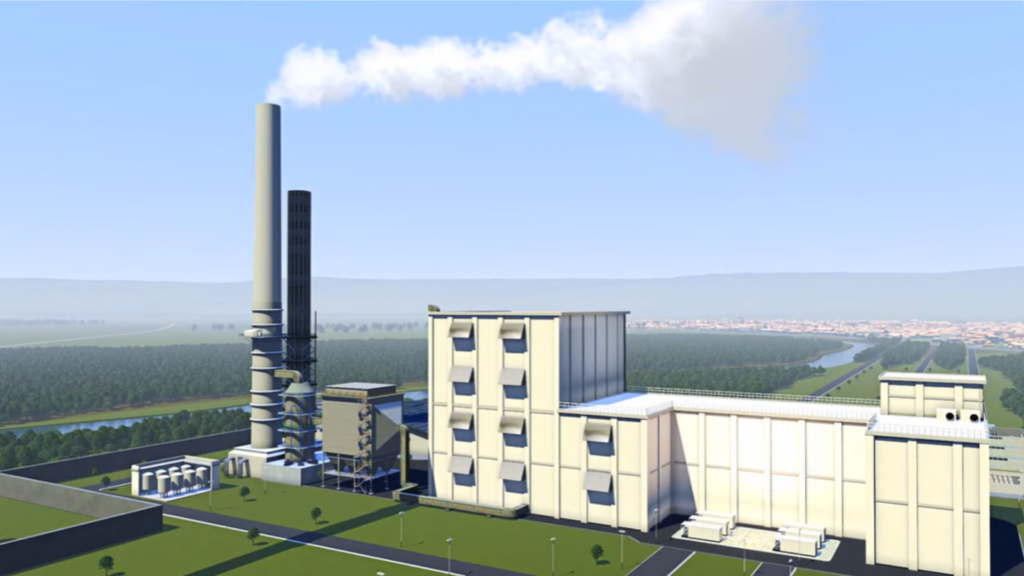
Understanding Combustion and Excess Air
Ever tried lighting a candle in a jar with the lid on? It goes out fast because fire needs air to burn. Combustion happens when fuel mixes with oxygen to make heat. Without enough air, fuel won’t burn fully, wasting energy and creating pollution.
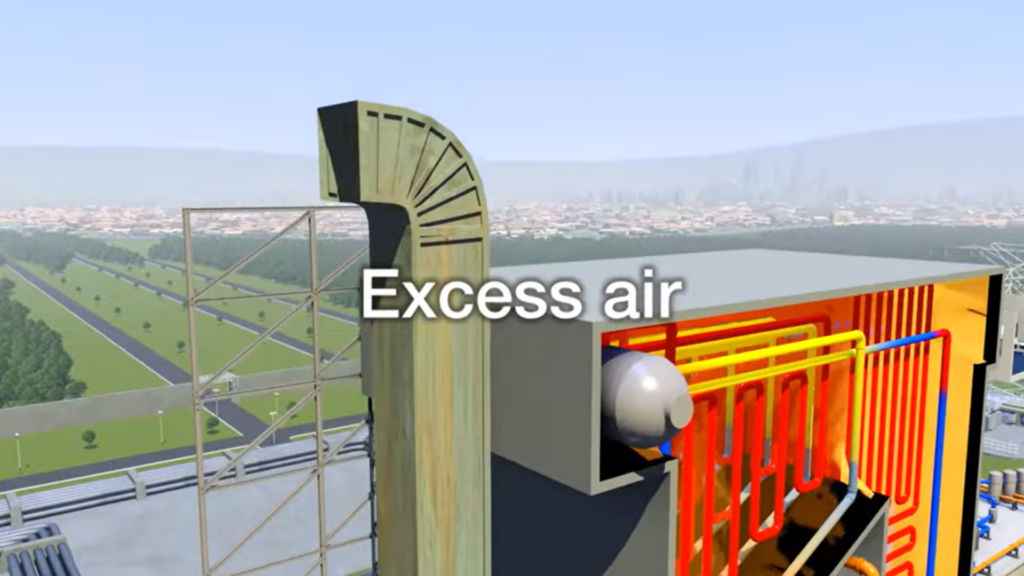
Excess air helps fuel burn completely. It cuts down on smoke, carbon monoxide, and leftover fuel. Too little air makes fires weak and dirty, while too much cools the flame and wastes heat.
When excess air drops too low, problems start. The fire gets weaker, making more soot and carbon monoxide. This can clog burners, damage systems, and raise fuel costs. The trick is finding the right balance for clean and efficient burning.
What Is the Purpose of Excess Combustion Air?
Getting the right amount of extra air for burning fuel is like cooking—too much or too little can ruin it. The right balance helps fuel burn fully, saves energy, and keeps things safe.
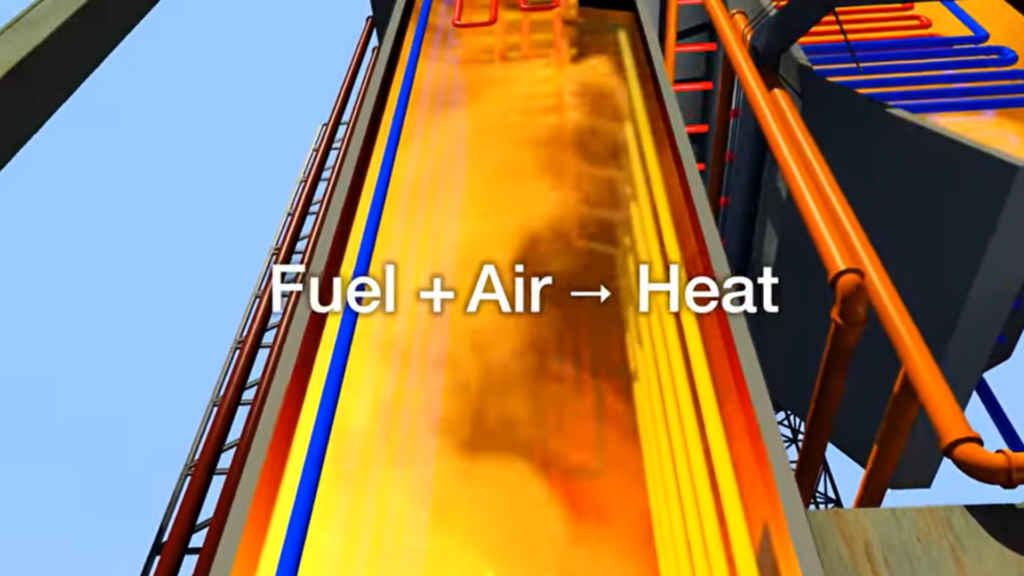
If there’s not enough air, you get smoke, carbon monoxide, and wasted fuel. Too much air cools the flame and wastes heat. To fix this, check and adjust air levels often. Tools like oxygen sensors can help keep things running smoothly.
Want a cleaner burn and lower costs? Start by checking your system. The right air-to-fuel mix means better heat, less waste, and more savings.
The Science Behind Excess Air in Furnace Combustion
Ever blown on a fire to make it burn better? That’s because fire needs oxygen. Furnaces work the same way. They need extra air to help fuel burn completely.
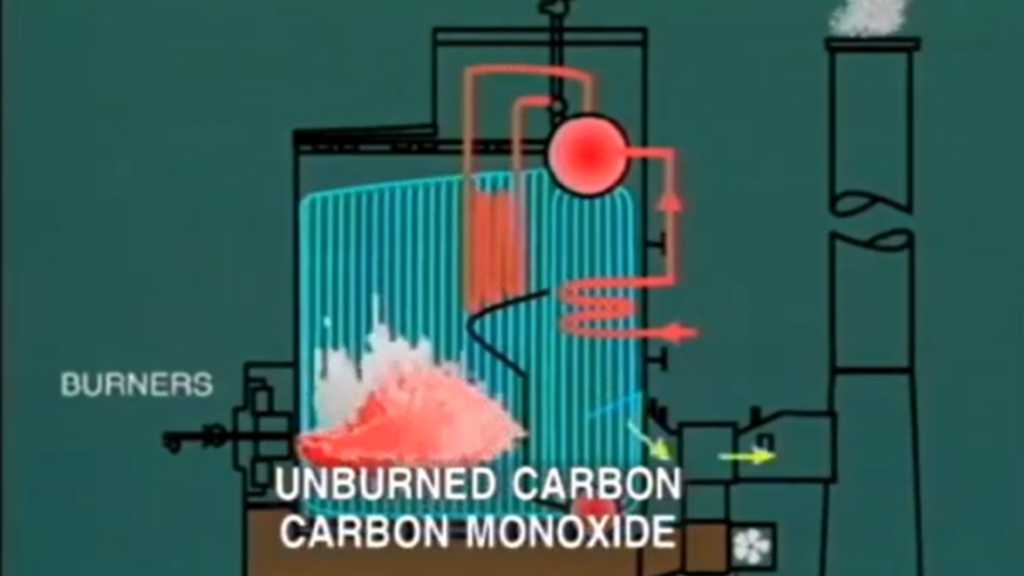
Too little air means some fuel won’t burn. This makes smoke and carbon monoxide. Too much air cools the flame and wastes heat. The goal is the right balance—enough air for clean burning but not so much that it lowers efficiency.
When a furnace gets the right air mix, it burns better, saves energy, and makes less pollution. Keeping this balance helps your system last longer and work well.
The Role of Methane in Combustion
Methane is a common fuel used in heating systems, including furnaces. It’s efficient and burns cleanly, making it a popular choice. But to get the most out of methane, the right amount of air is needed for combustion.
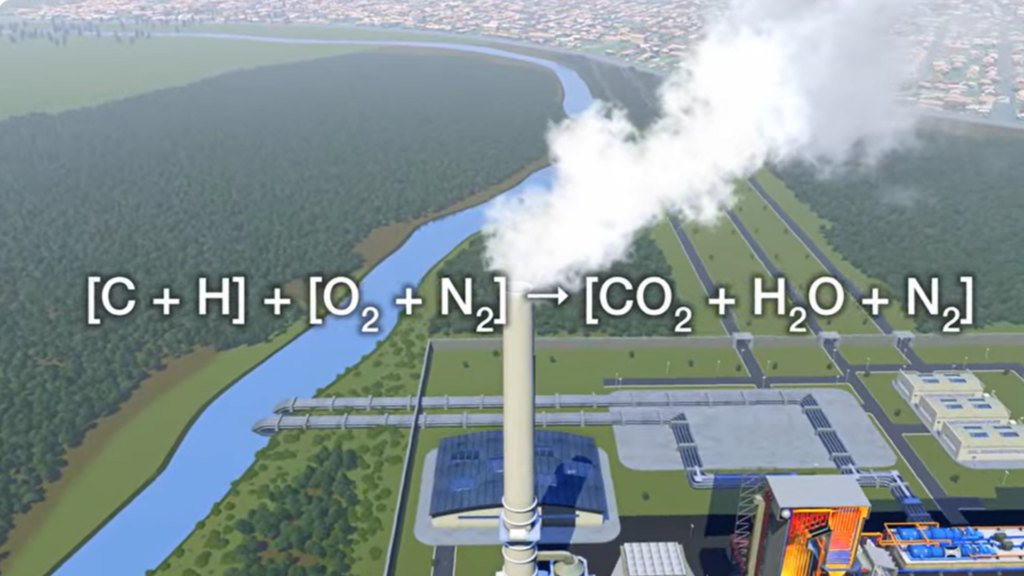
Methane has a heating value of about 1,000 BTUs per cubic foot. This means it can produce a lot of heat. However, without enough air, methane won’t burn fully. This leads to wasted fuel and higher carbon monoxide levels, which is dangerous. If there’s too much air, the flame cools down, reducing efficiency.
The key is balance. When the right amount of excess air is used, methane burns better. This means more heat, less waste, and fewer pollutants. Properly controlling air levels makes heating systems cleaner and more cost-effective.
What Happens as Excess Air Decreases?
Ever noticed black soot on the bottom of a pan? That happens when a fire doesn’t get enough air. The same thing occurs in furnaces and engines. When there’s not enough excess air, the fire struggles, leading to big problems.
More Carbon Monoxide (CO) – A Hidden Danger
When fuel doesn’t burn fully, it creates carbon monoxide (CO). This gas is invisible and has no smell, but it’s very dangerous. Have you ever felt dizzy or sick near a heater? That could be CO poisoning. Low excess air makes CO levels rise, which can be harmful.
Short answer: Less excess air leads to more carbon monoxide, which is unsafe.
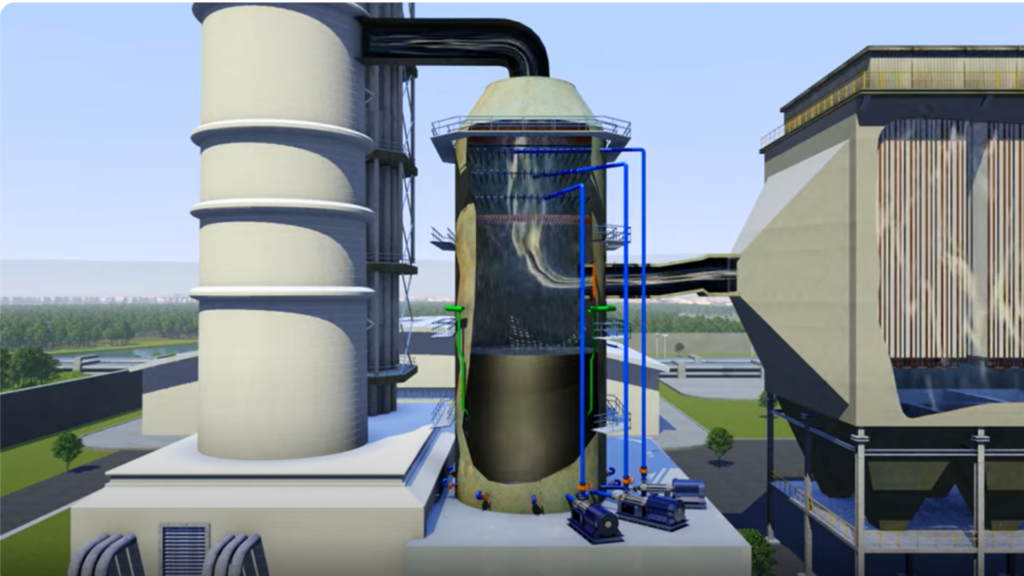
Lower Efficiency, Higher Costs
Think about a weak campfire. It makes a lot of smoke but not much heat. The same happens when a furnace doesn’t get enough air. Unburned fuel goes to waste, and you end up paying for heat you don’t get.
Short answer: Not enough excess air wastes fuel and raises energy costs.
Soot Buildup and System Damage
A fire with too little air leaves behind black soot. This builds up inside furnaces, blocking airflow and damaging parts. Over time, it can cause expensive repairs or even system failure.
Short answer: Low excess air causes soot, which clogs systems and leads to breakdowns.
Finding the Right Balance
Too little air? You get carbon monoxide, wasted fuel, and soot. Too much air? You lose heat and waste energy. The best approach is finding the right balance. Small adjustments can improve performance, safety, and energy savings.
Want to keep your system running smoothly? Check the air-to-fuel ratio and clean the burners. A little care goes a long way!
How to Get the Right Amount of Air for Better Burning
Ever tried making a fire that won’t stay lit? Too little air, and it smokes. Too much, and it burns too fast. Furnaces work the same way. The right air mix makes fuel burn well, saves money, and keeps things safe.
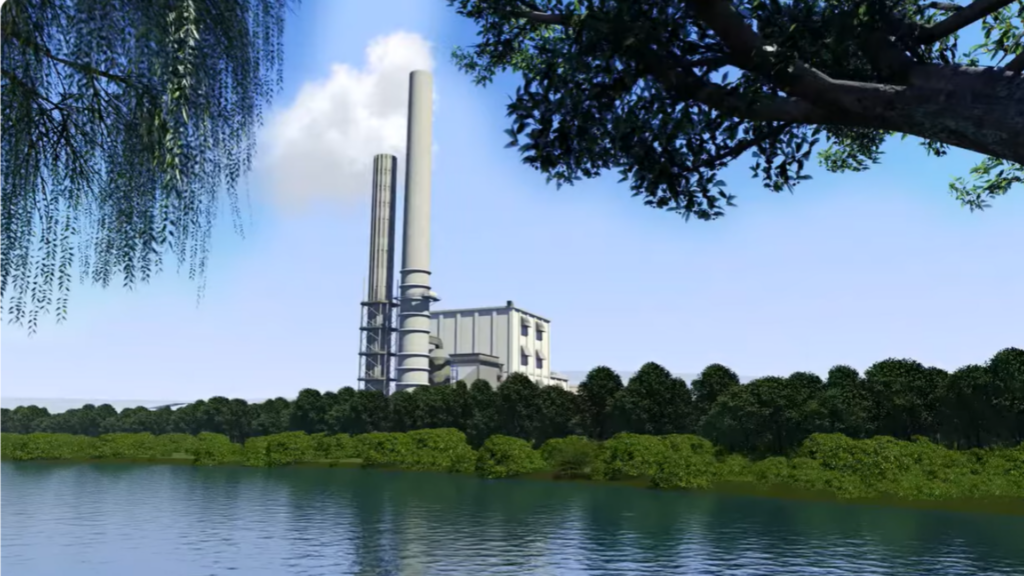
Check and Adjust Air Levels Often
Think of it like baking bread. Too much flour, and it’s dry. Too little, and it won’t rise. Fuel needs the right amount of air to burn properly. If there’s too little, you get smoke and wasted fuel. Too much cools the flame and lowers heat.
Quick tip: Checking air levels often helps fuel burn better and saves energy.
Use Simple Tools for Better Control
Oxygen sensors and combustion testers show if your system is burning fuel the right way. They help you make small changes that improve heat and lower waste.
Quick tip: Sensors help find the best air-to-fuel mix for clean burning.
Easy Fixes for Homeowners and Pros
- Look at the flame: A blue flame is good. A yellow one means trouble.
- Keep air vents clean: Dirt blocks airflow, making burning less efficient.
- Do regular checkups: Small fixes now prevent big repairs later.
Quick tip: A clean system with good airflow burns better and lasts longer.
By keeping air levels right, using simple tools, and doing basic upkeep, you get more heat, less waste, and lower bills.
FAQs Section (Easy to Read & Voice Search Optimized)
How much extra air is best for burning fuel?
It depends on the fuel type. For natural gas, 5-10% extra air works best. For oil, 10-15% is better. Not enough air makes carbon monoxide. Too much wastes heat.
Quick answer: 5-15% extra air is best, depending on the fuel.
What happens if there’s too much air?
Think of blowing too hard on a fire—it gets weaker. Too much air cools the flame and wastes energy. It also carries heat away before it can be used.
Quick answer: Too much air cools the fire and wastes fuel.
Why does too much air waste fuel?
A fire needs the right mix of air and fuel. Extra air soaks up heat, so less goes into your home. Your furnace has to work harder to keep things warm.
Quick answer: Extra air takes away heat, making the system work harder.
How can I check and fix my furnace’s air levels?
Use an oxygen sensor or a combustion tester. A good furnace should show 2-3% oxygen in the flue gas. If it’s too high or low, adjust the air intake.
Quick answer: Use a sensor to check and adjust air for better burning.
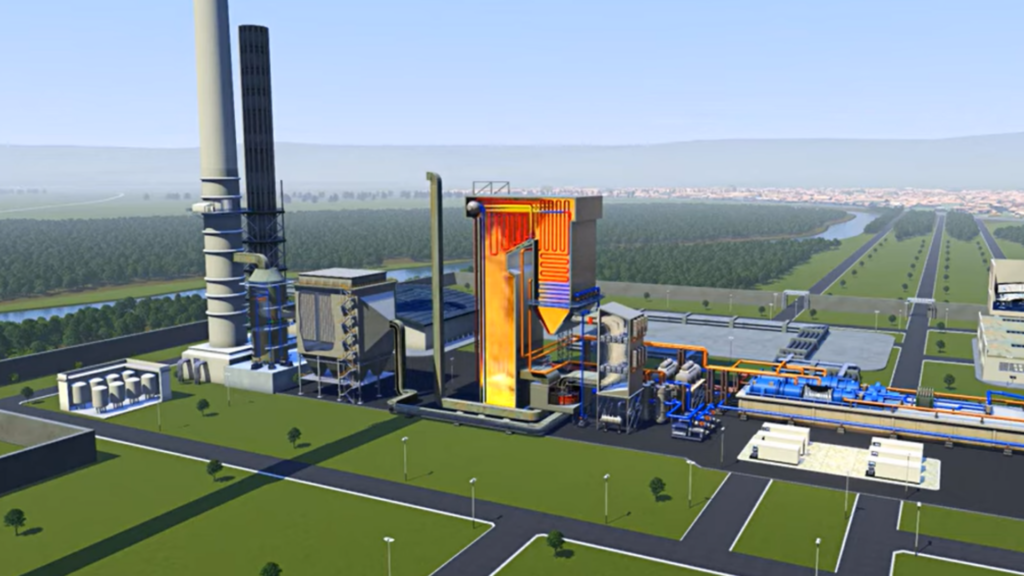
Conclusion: Get the Best Burn with the Right Air
Ever tried lighting a fire that won’t stay lit? Too little air, and it smokes. Too much, and it cools down. Your furnace works the same way. The right mix makes fuel burn better, keeps you safe, and saves money.
Quick answer: The right air-to-fuel mix makes burning clean, safe, and efficient.
Excess air helps fuel burn fully. It cuts down on carbon monoxide and prevents soot buildup. But too much air cools the flame and wastes heat. The key is balance—enough air for a clean burn without wasting energy.
Key takeaway: Too little air causes smoke and CO. Too much wastes heat. Find the right balance.
Want to save money and keep your system running well? Check your air levels. A combustion analyzer or oxygen sensor helps fine-tune the mix. Small tweaks today can lead to big savings.
Final tip: A well-tuned system burns better, costs less, and keeps your home safe. Check yours today!
My name is Carlos Gadd, and I am the creator of AirPurityGuide.com.. With a passion for footwear, I share my experiences, insights, and expertise about shoes. Through my blog, I aim to guide readers in making informed decisions, finding the perfect pair, and enhancing their footwear knowledge. Join me on this journey to explore everything about shoes!